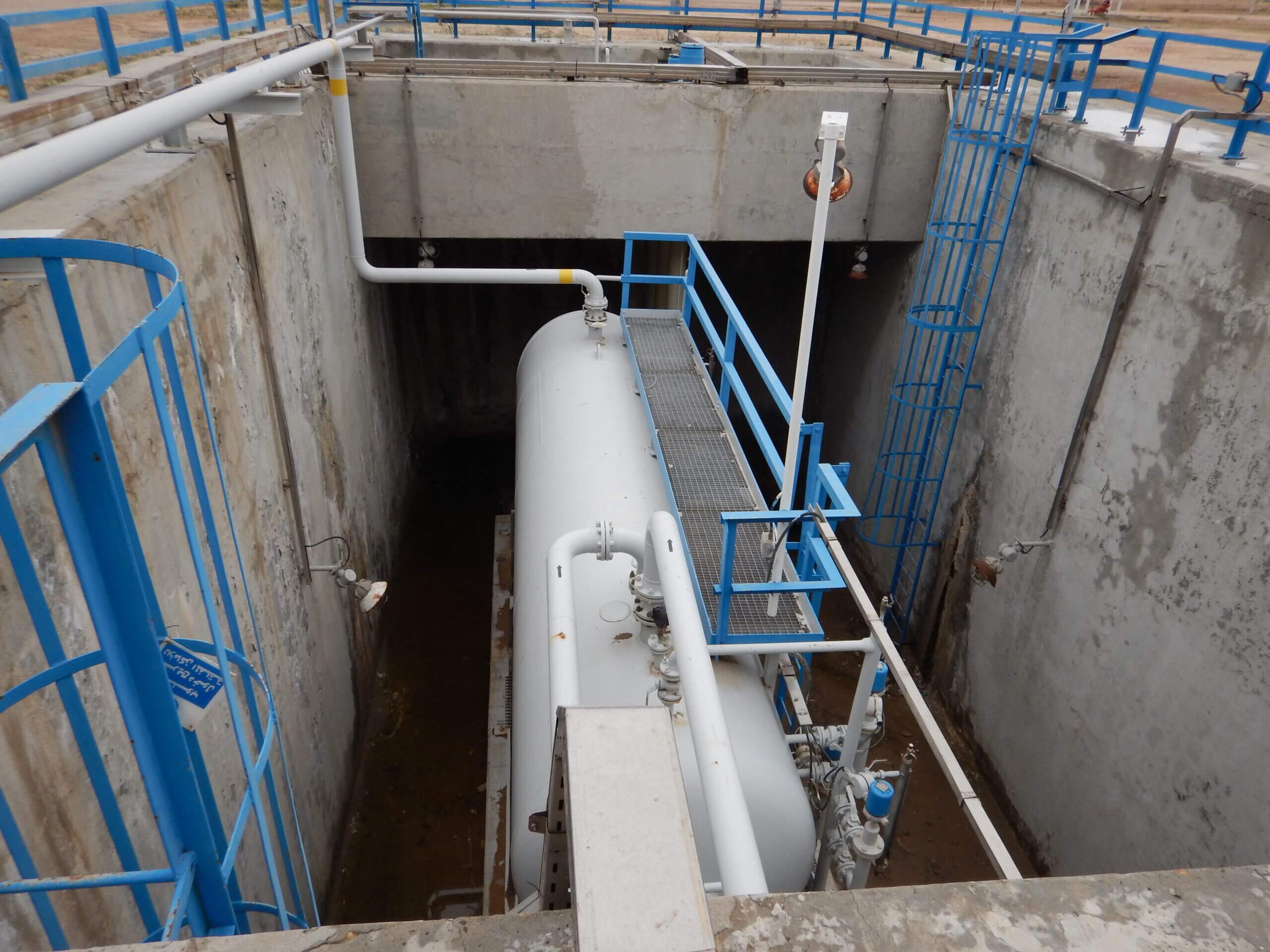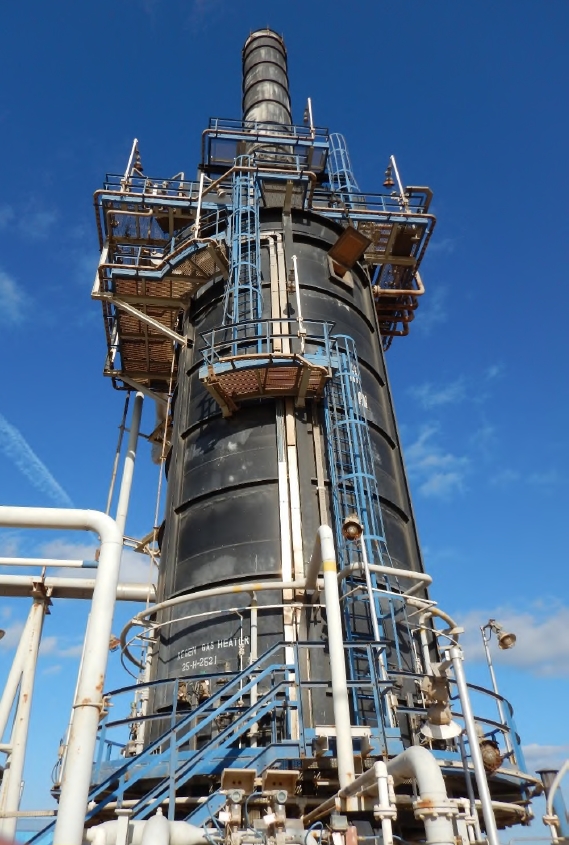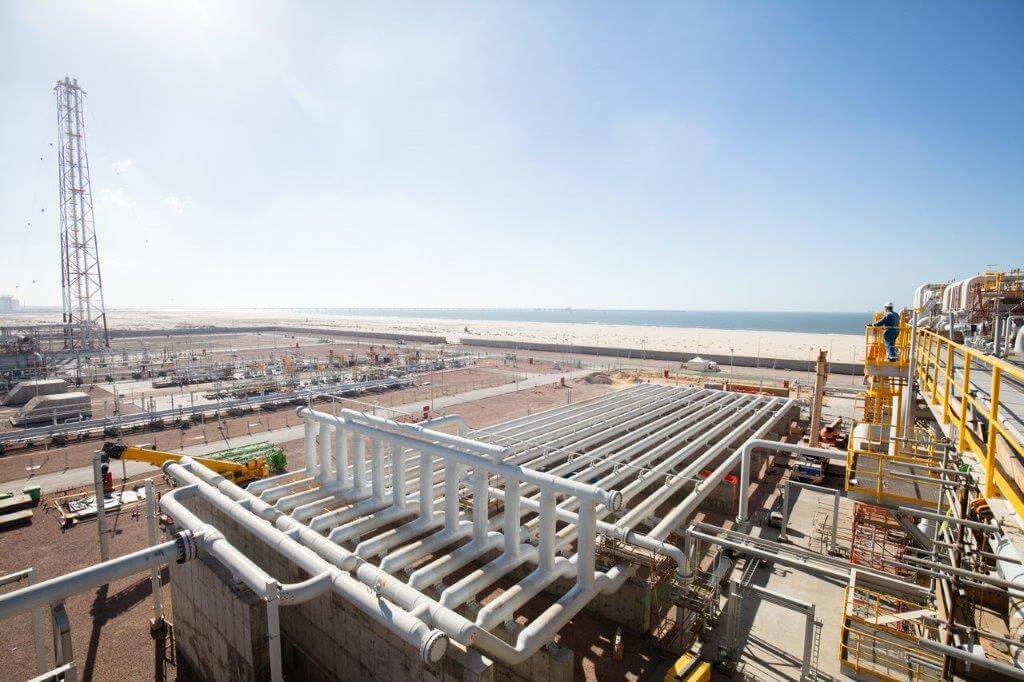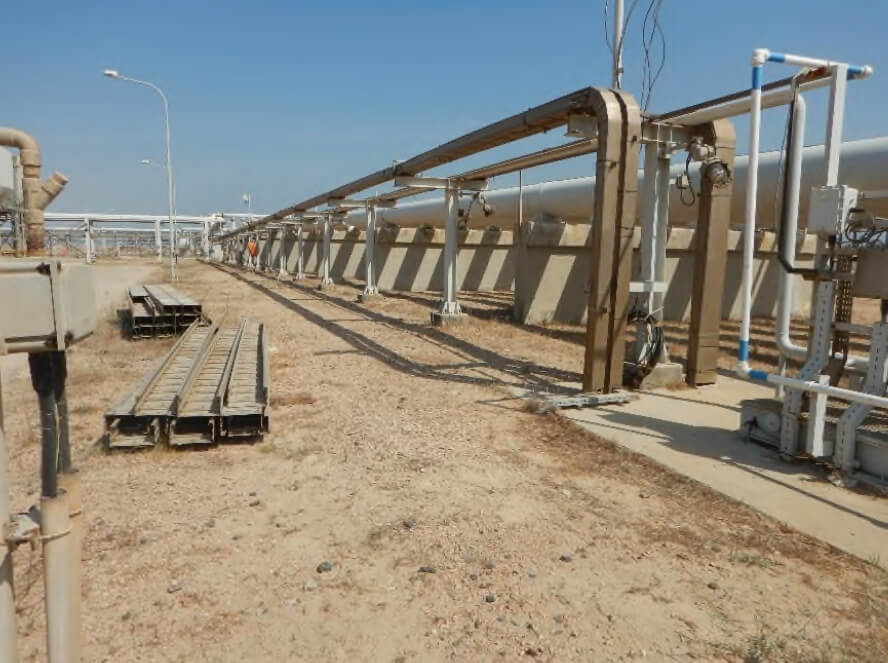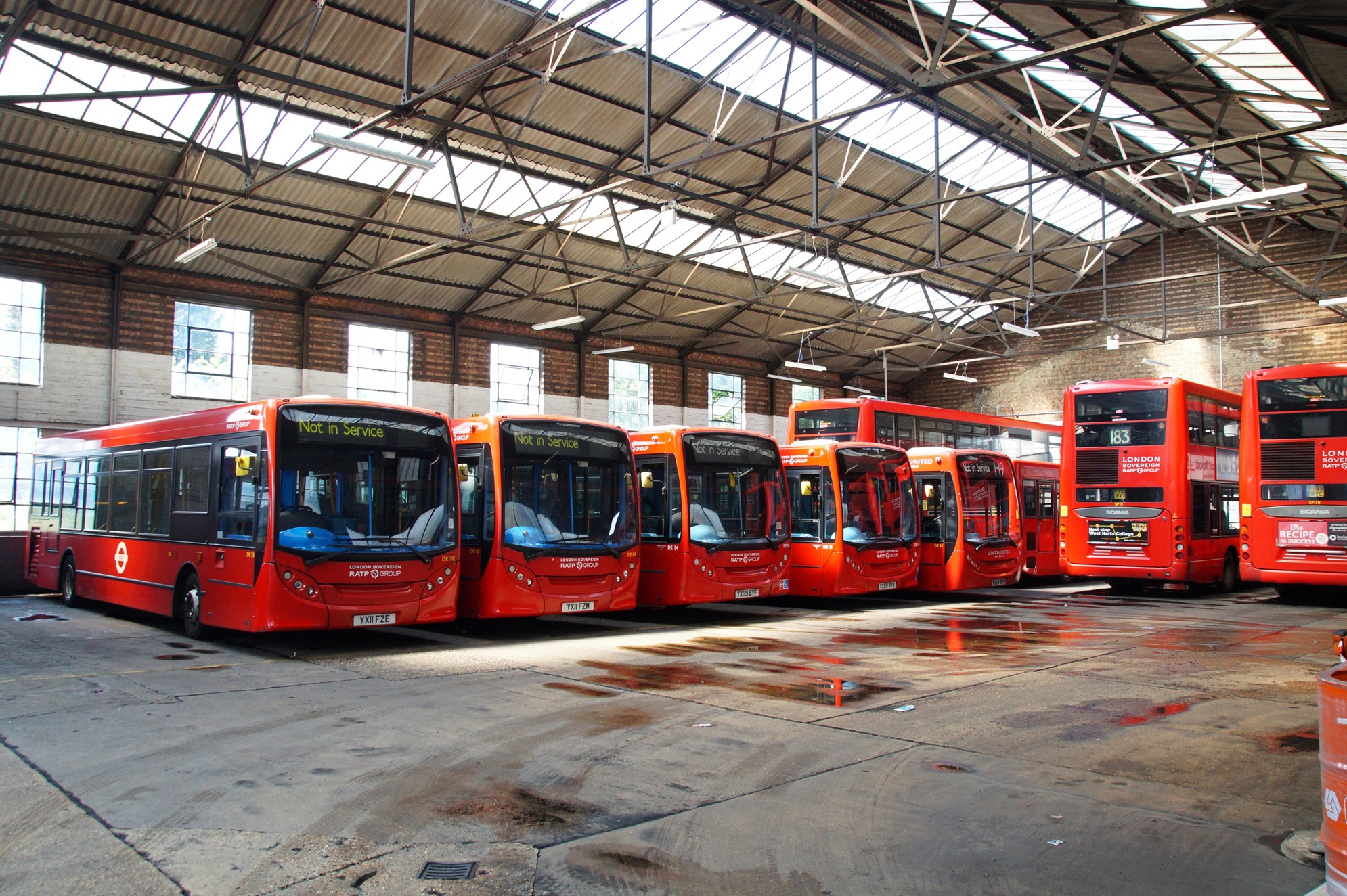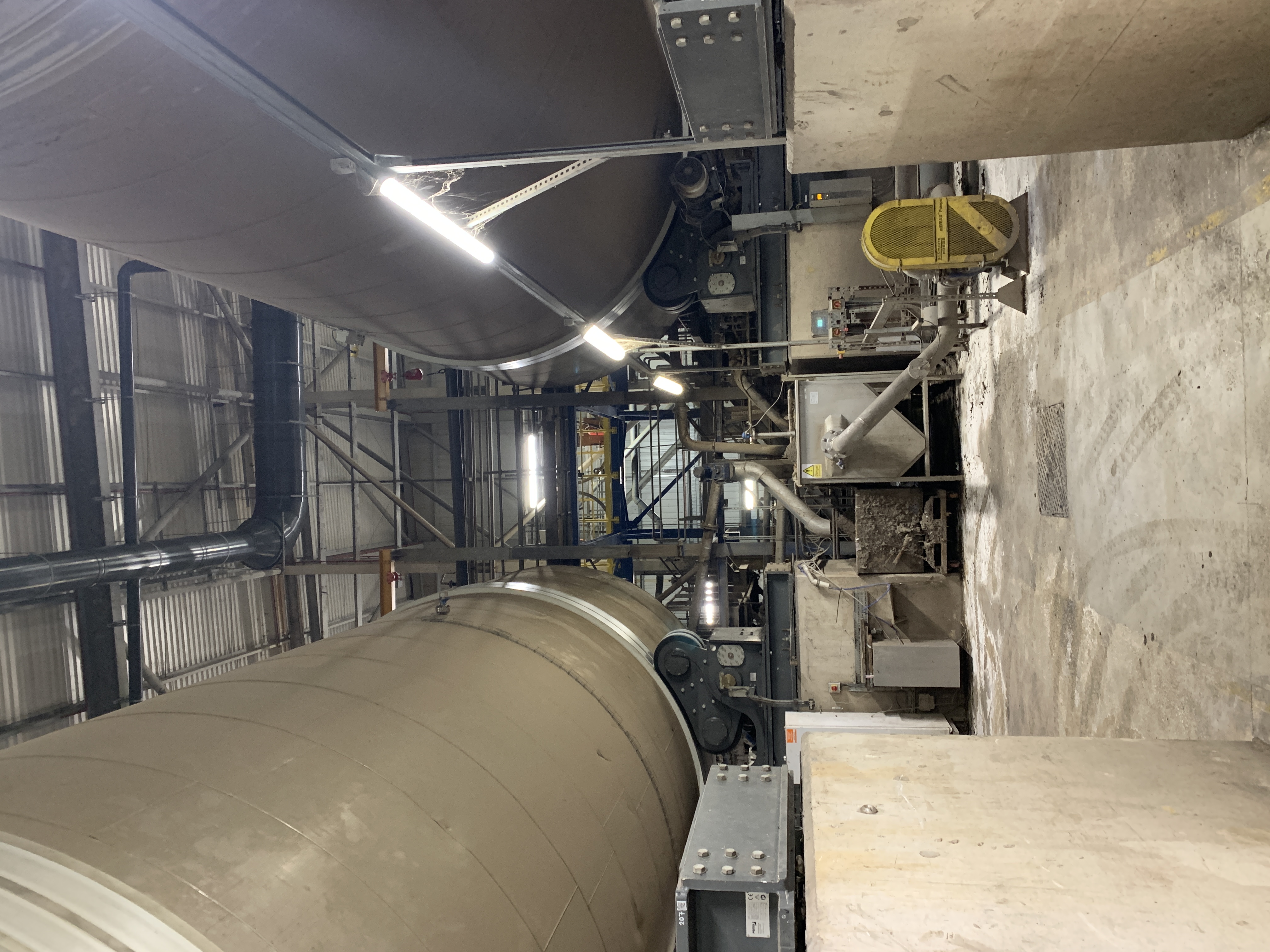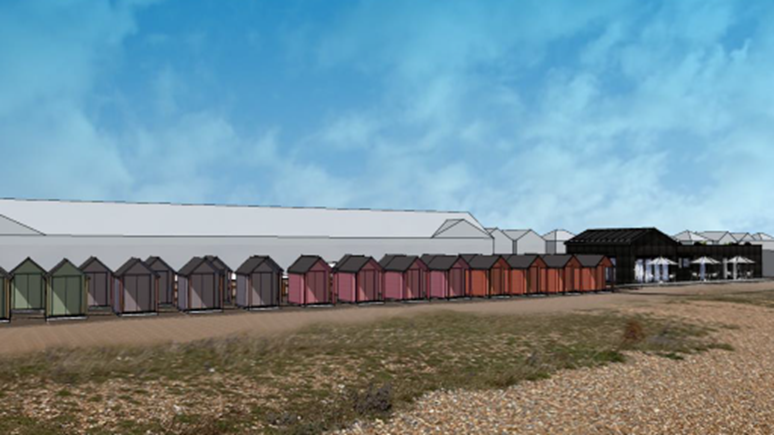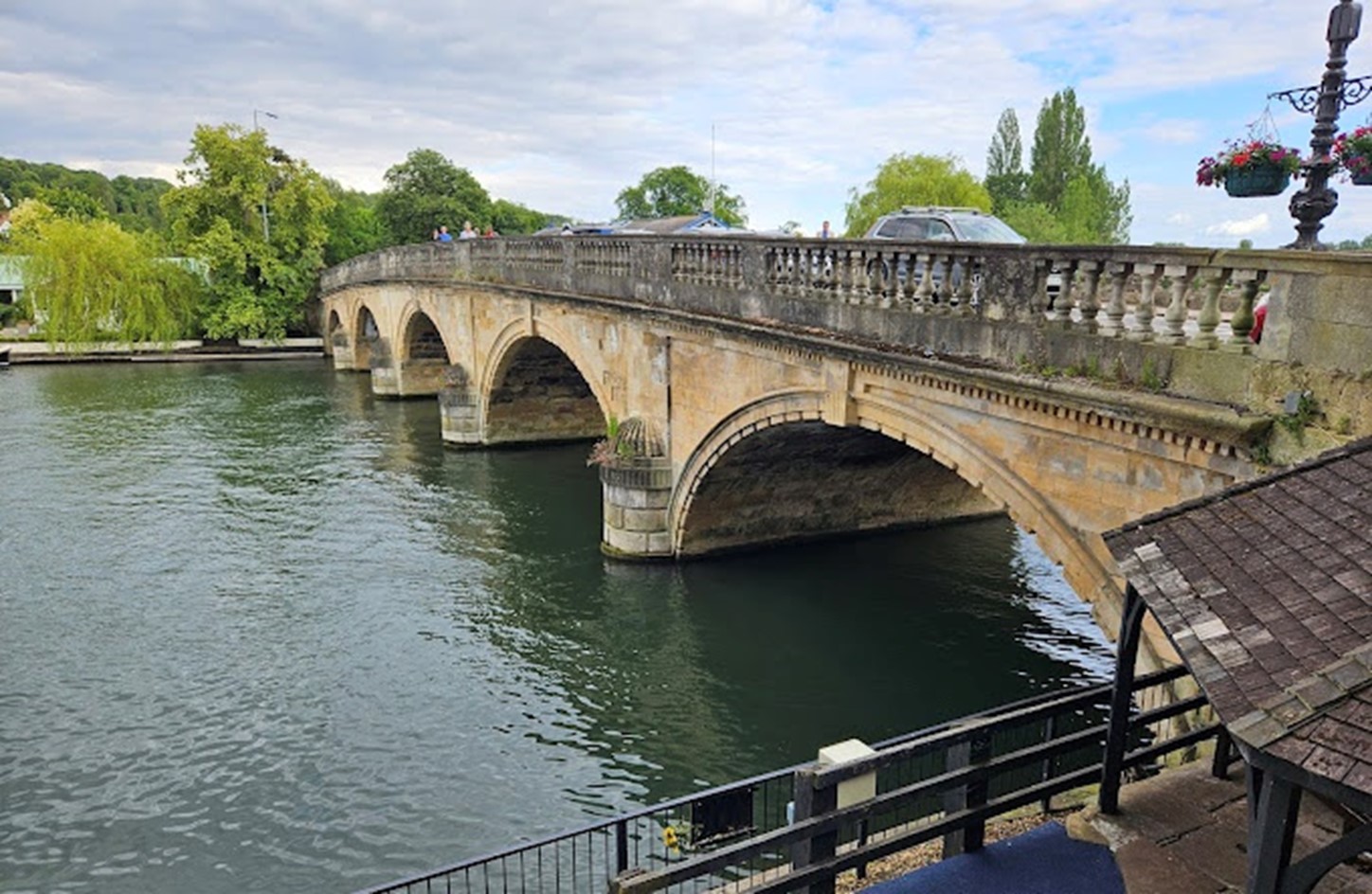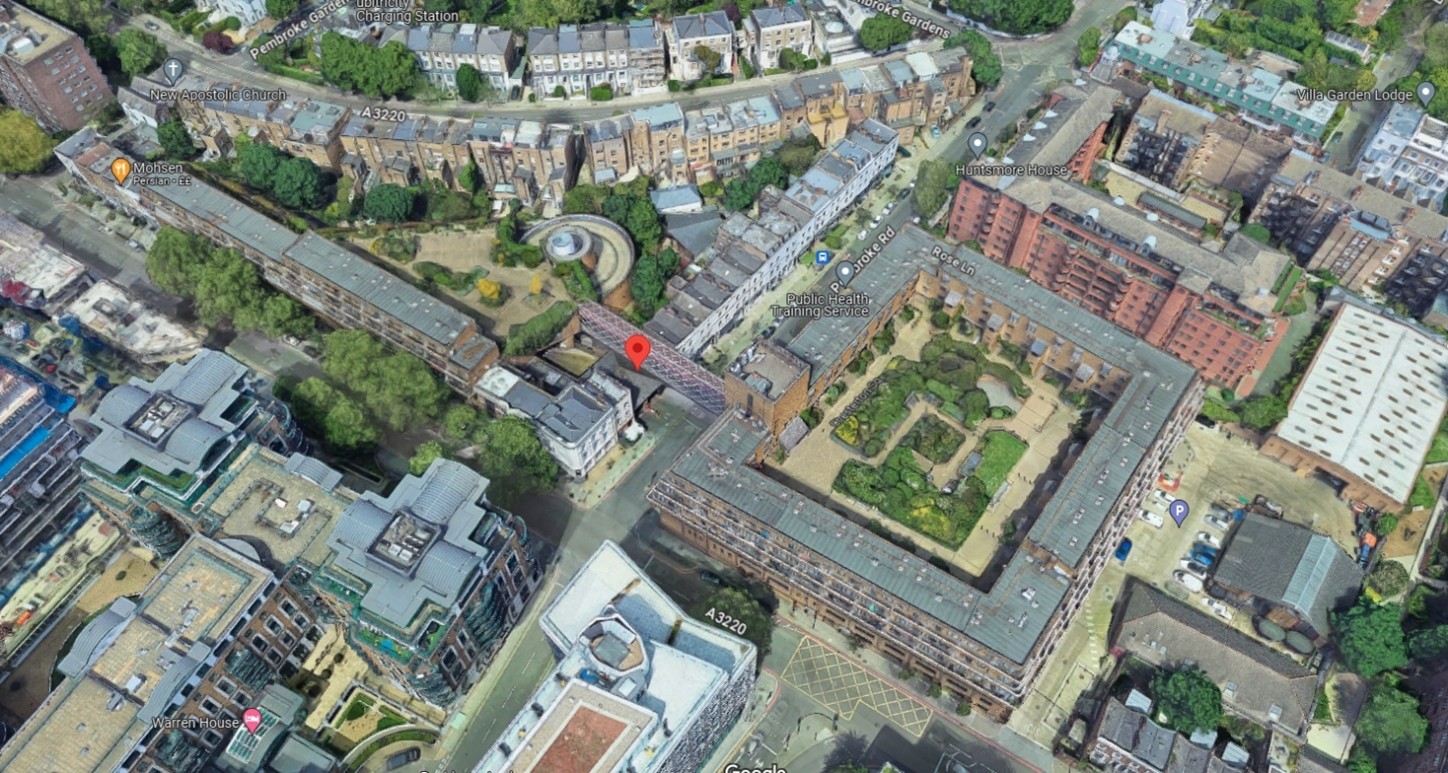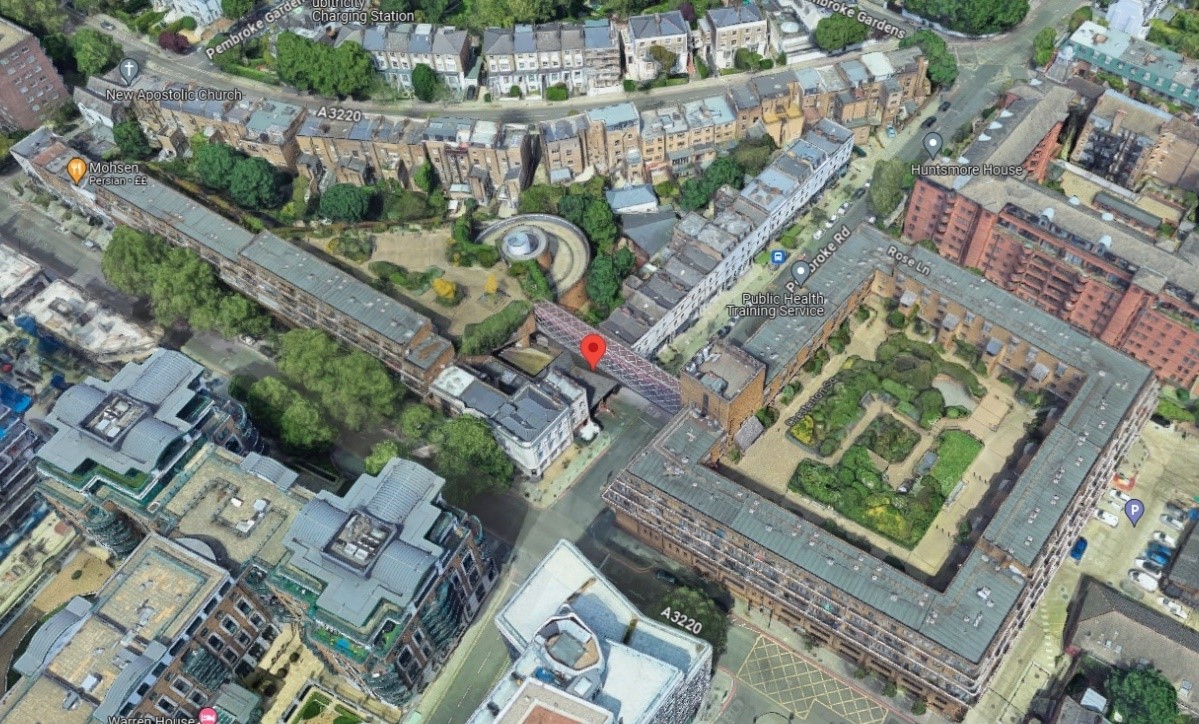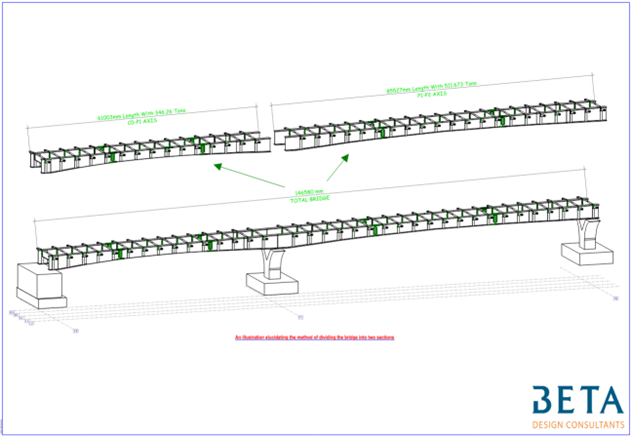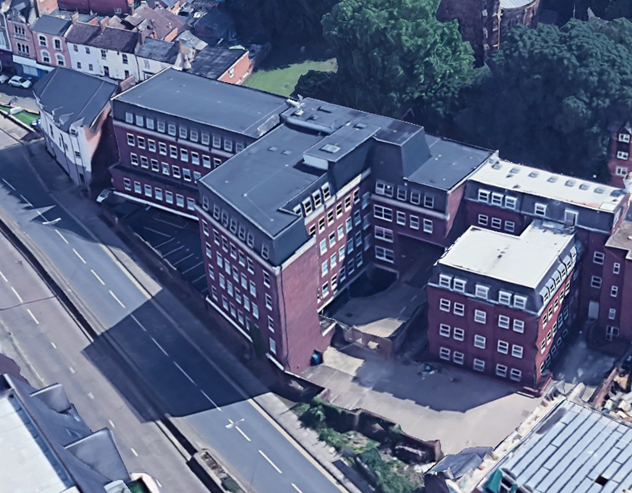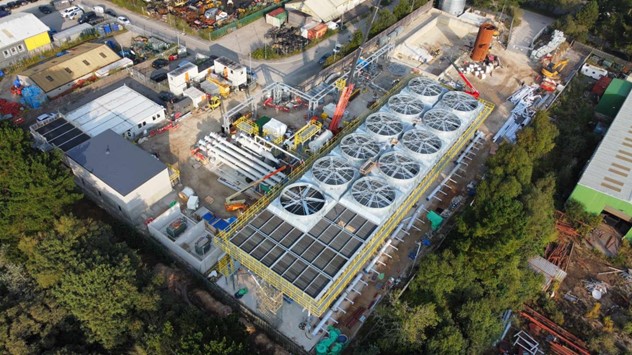Beta Design Consultants use digital twins to model and simulate physical structures, energy and infrastructure assets as well as systems (e.g. motorway network). These virtual replicas can help our clients during the design, analysis, execution as well as the maintenance, and optimization of assets. Digital twins require investment in time and efforts/resources but the life cycle benefits are significant, especially in critical infrastructure.
We support our clients by defining and implementing digital twin strategies.
We supports clients build the infrastructure for their digital twins. We offer them advice on available options, resources needed and preferred choice for various scenarios.
We can help clients assess and prioritise which components or processes should have digital twins and advise on the benefits and features that a digital twin can provide along with consultations on the investment in resources and capital needed.
Beta Design Consultants have advised local authorities and asset owners on how digital twins can be used to analyze and monitor structural integrity (bridges, structures, car parks, tunnels, critical infrastructure) and how can be used to monitor and control processes and improve energy efficiency.
Our consulting engineers use digital twins to monitor and predict issues, reducing downtime and repair costs. As an example, when digital twins are used with structural health monitoring, a plan can be put together to manage reactive maintenance and reduce maintenance shutdowns.
Our digital and structural consultants can use digital twins to optimize performance, efficiency, and workflow in infrastructure assets such as ports, bridges, tunnels, water structures, car parks and buildings.
Our clients are currently being impressed by the surprising competitiveness of implementing digital twins. Looking back to the years 2000 to 2010, the investment required for digital twins made them an option for critical infrastructure on national level. Due to the advancement in technology and constant improvement, the market has moved and grown to an extent that made digital twins technically viable and financially feasible for smaller assets offering the following benefits:
Improved efficiency: Digital twins can help asset owners and manager improve efficiency and reduce costs of maintenance, operation and reactive repairs.
Better decision making: Digital twins can help businesses make more informed decisions by planning better for shutdown, predicting when maintenance is needed and getting a better understanding on how assets are operating.
Reduced risk: Digital twins help asset owners mitigate operational risk and maintain optimum performance.
Improved maintenance: Digital twins help asset owners carry out predictive maintenance on structures and assets in a planned manner and plan budgets and resources more efficiently.
